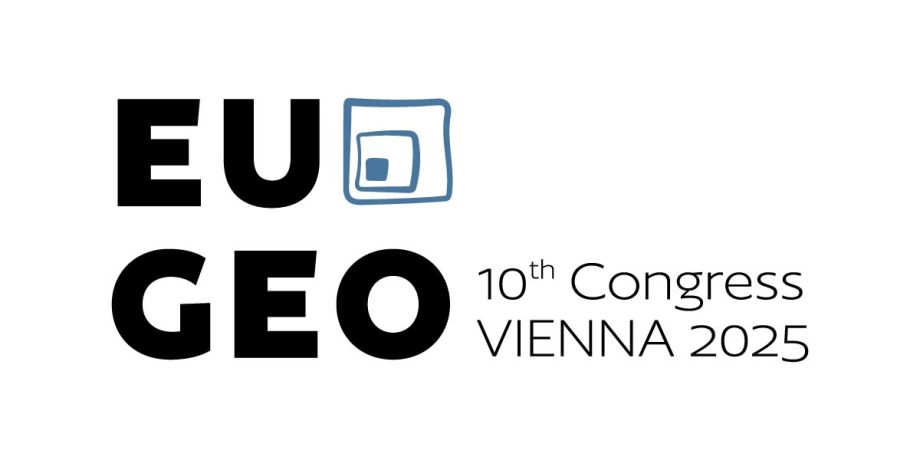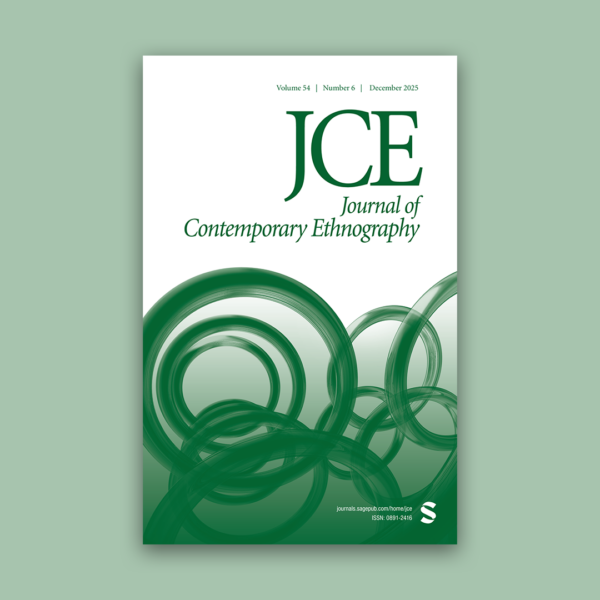Sep 10, 2025: Presentation by Alexis Sancho Reinoso at the EUGEO Congress 2025

At the EUGEO Congress 2025 in Vienna, held at the Austrian Academy of Sciences from September 8 to 11, Alexis Sancho Reinoso will present a paper co-authored with Timothy Heleniak: “Turning the Faroes Into One City. Demographic and Spatial Impacts of 60 Years of Transport Infrastructure Expansion.” The paper presents findings from their research in the Faroe Islands as part of InfraNorth.
The presentation will take place in Session 182/I, “Islands and Their Geographies in a Transforming Europe,” on Wednesday, September 10, from 14:00 to 15:30 CEST, at the Herbert-Hunger-Haus, Theatersaal, Sonnenfelsgasse 19. The session is chaired by Anica Čuka, Macià Blázquez Salom, Mucahid Mustafa Bayrak, Sun-Kee Hong, and Patsy Lewis.
Turning the Faroes into one city
Over the last six decades, the Faroe Islands, an 18-island archipelago in the North Atlantic, undertook a massive road construction project. The project included building many tunnels, the first of which opened in 1963, and sub-sea tunnels; the most recent one was inaugurated in December 2023. Transport infrastructure lies at the foundation of the country’s development, and ferry lines have been progressively replaced by fixed links regardless of socio-economic conditions, such as the economic and demographic collapse after the crash of the fisheries in the early 1990s.
This paper, published in Island Studies Journal, investigates the archipelago’s spatial and regional development over the last six decades to determine whether road expansion has contributed to demographically sustaining communities. This is done by analysing the development of transport infrastructure and its impact on population change at the regional, island, and village levels. Results show that fixed links have been critical in connecting distant villages and islands across the archipelago. Yet, the few exceptions of the so-called ‘outer islands’ demonstrate that tunnels alone have been insufficient to achieve a demographically balanced country. In terms of spatial development, the authors argue that fixed links (i) have favoured individual mobility patterns; (ii) have re-configured existing centre-periphery relationships; and (iii) may have altered the archipelago’s insular condition.
For more details, please visit the EUGEO 2025 Congress website.


